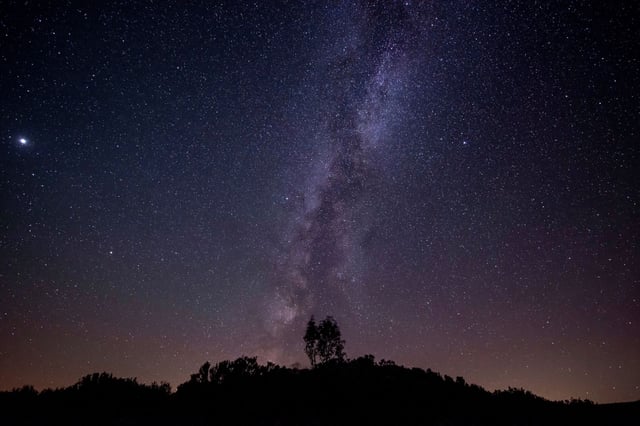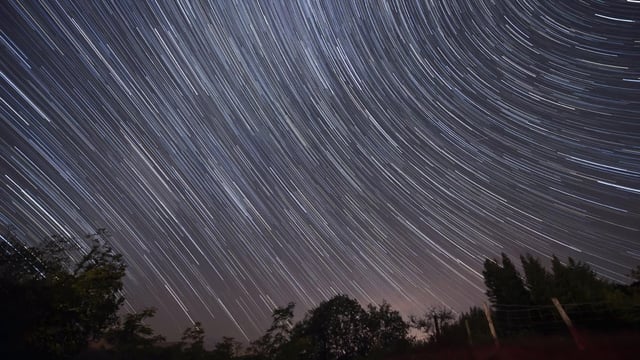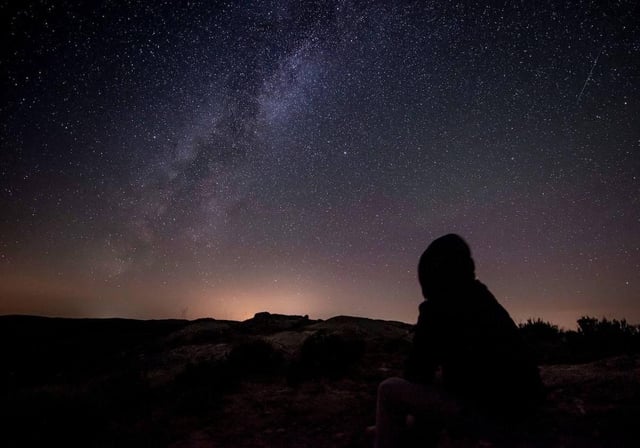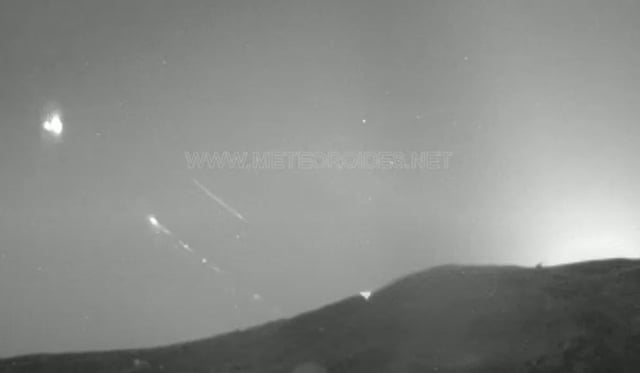Overview
- The Instituto Geográfico Nacional has confirmed the shower’s maximum activity will occur on the night of August 12–13, with the radiant rising shortly after sunset and peak rates centered around 22:00 peninsular time.
- Under ideal dark-sky conditions the Perseids can exceed 100 meteors per hour, but this year’s near-full Moon is expected to cut the visible count to roughly 50 to 60 meteors per hour.
- Observers are advised to position themselves away from artificial lights, allow at least 30 minutes for dark adaptation and scan the sky with the naked eye rather than through telescopes.
- A rare pre-dawn alignment of several planets—including Jupiter, Venus and Saturn—is forecast for early August 13, offering a secondary spectacle before sunrise.
- A bright fireball streaked over the Comunidad Valenciana and Castilla-La Mancha on August 10, with Fundación Astrohita tracking its trajectory and underscoring the chance of vivid bolides ahead of the peak.



